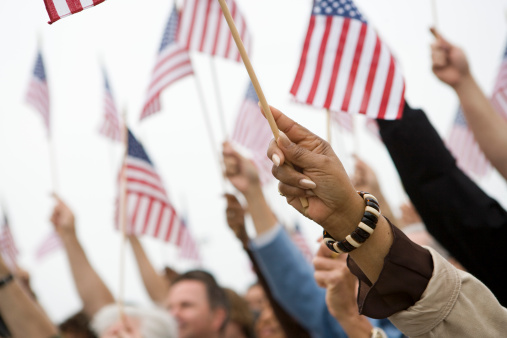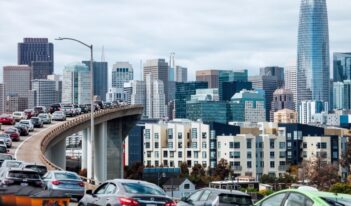
Local regulations help ensure that holiday celebrations go off without a hitch.
Today is Labor Day, a national holiday in the United States. Many Americans will celebrate this holiday marking the unofficial end of summer with a backyard barbeque or perhaps by taking a last trip to the beach. Many others, however, will be attending a local Labor Day parade.
Parades are the hallmark celebration for this federal holiday created to celebrate the “the strength and esprit de corps of the trade and labor organizations.” The original proposal for creating a Labor Day holiday by the Central Labor Union in New York envisioned a street parade to celebrate the occasion, and the first Labor Day parade was held in New York City in September of 1882 – more than ten years before Labor Day became a national holiday.
Today’s parades feature a broader range of attractions, including vehicles, animals, marching people, and custom-built floats. With these action-packed parades, however, come a number of logistical hurdles for the towns and cities that host them. To address safety concerns and mitigate annoyances like traffic jams, numerous regulations exist throughout the United States, prescribing how parades should be conducted to keep the festivities running safely and smoothly.
Parade regulations do not fall under the purview of any federal agency – with the notable exception of the U.S. Coast Guard’s authority over marine parades. Instead, responsibility for regulating these celebratory processions belongs to municipal governments, which issue ordinances and regulations to keep parades on track.
With such an array of parade participants and spectators, these local regulations need to address any number of details, ranging from fire hazards and security risks, to child safety and traffic jams. While municipal governments are adept at governing their communities, organizations like the National Association of Counties (NACo) assist them by providing detailed lists of important things to include in parade regulations.
For example, NACo recommends that municipal governments develop written safety and emergency response plans in advance of parade events, complete with contact information for key local government departments, such as police and fire departments, as well as state officials who may need to be contacted for transportation emergencies.
NACo also suggests that towns planning parade regulations set special speed limits for parade vehicles, and that they determine whether heightened driving requirements should be mandated for float drivers. Local regulators are also advised to consider the species and health of any animals that are permitted to be in the parade, as well as to provide for the inevitable removal of any animal debris after the event.
Towns and cities playing host to celebratory parades must account for many other possible concerns, like noise limits and candy or prizes thrown from parade floats that can pose a safety hazard. While NACo does not enumerate every eventuality that local governments should plan for, the organization’s list provides a helpful head start for towns to ensure that their ordinances and regulations will create a safe environment for a festive parade.



